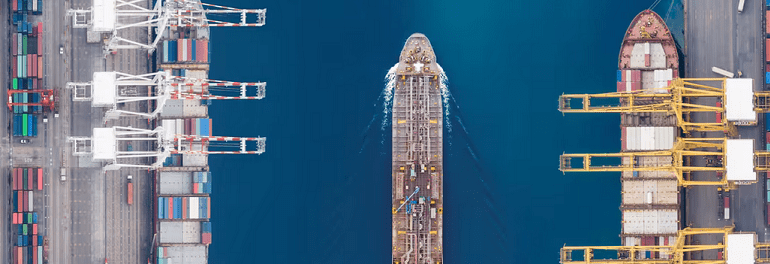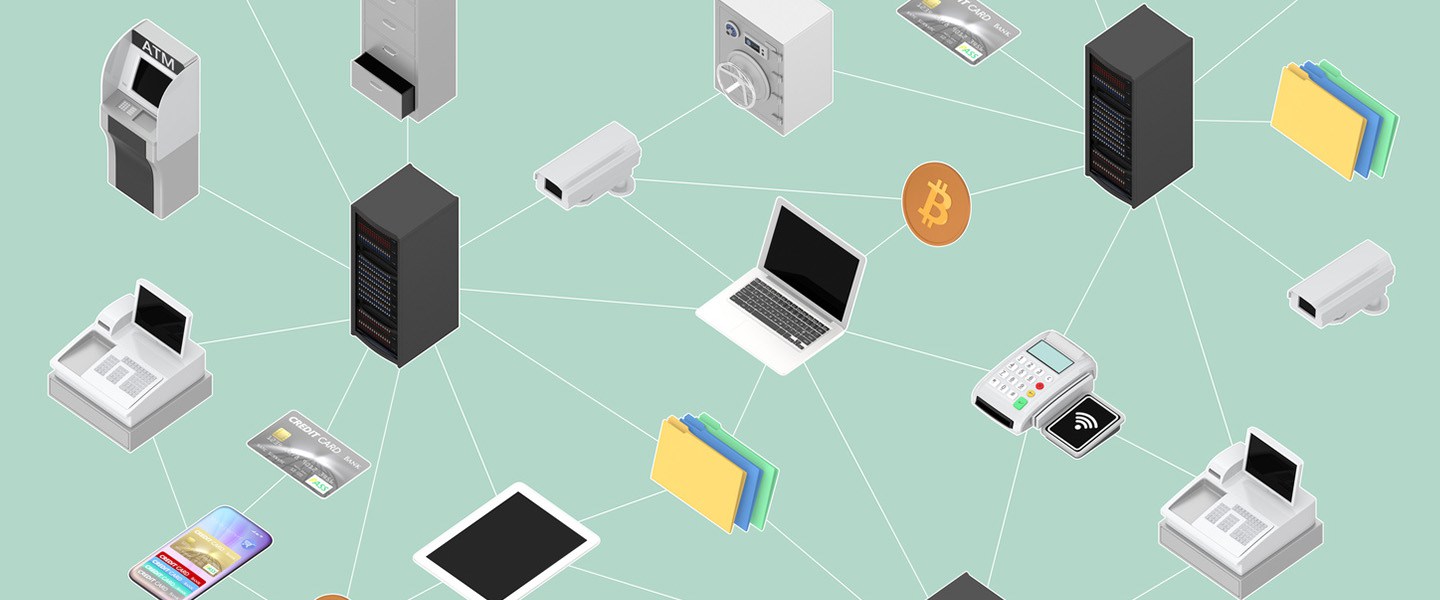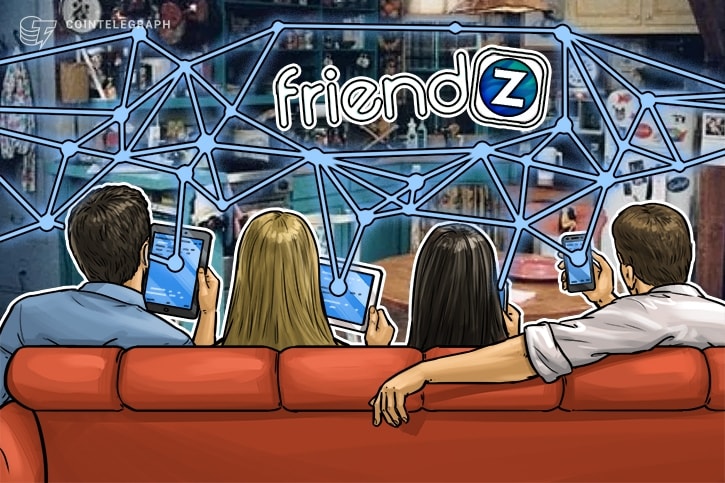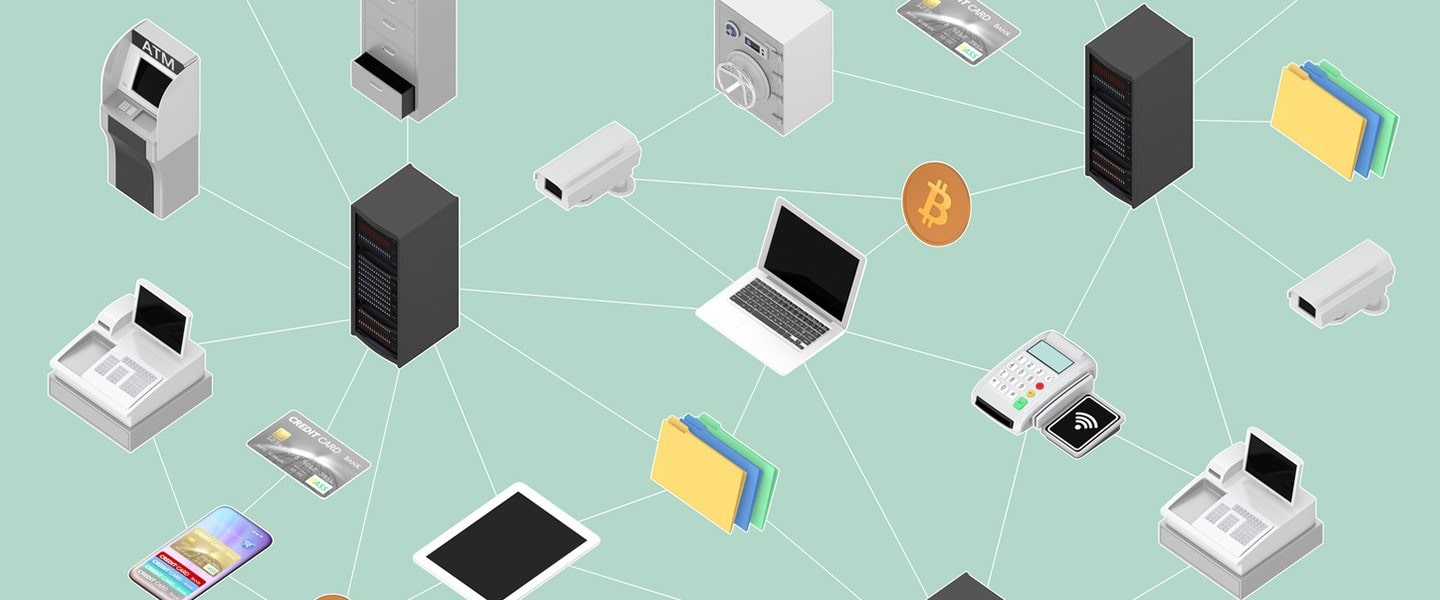How a blockchain-based decentralized internet can change the world
Web3 is a term describing a future internet built on decentralized blockchains, which are the ledger systems currently used by cryptocurrencies.
What Is Web3 in Simple Terms?
At a very basic level, Web3 is the third stage of internet development. To understand exactly what Web3 is, you first need to have a basic understanding of the first two stages.
The first stage of the internet, Web1, mostly involved users reading static webpages, although forums and message boards did exist. The next stage, Web2, marked the arrival of social media like Facebook and Twitter, and sites based around user-generated content like YouTube. The big difference between Web1 and Web2 is many people transitioned from passively consuming content provided by big companies to creating and sharing their own content, although that sharing is still facilitated by websites owned by big companies.
The basic idea behind Web3 is it will represent a transition from big companies controlling and monetizing content on the internet, to individual creators and consumers sharing content and interacting through decentralized networks. These networks would rely on open protocols, allowing anyone to connect and participate, and shift power away from big companies and toward creators and users.
What Is Web3 and How Does It Work?
Since Web3 isn’t here yet, we don’t know exactly how it will work. Most concepts of Web3 involve the blockchain, an unchangeable ledger system used by cryptocurrencies to keep track of transactions. The appeal of the blockchain for Web3 supporters is that it logs everything in a way that is transparent and impossible to edit or falsify. Each new transaction creates a “block” in the ledger anyone can see.
The main issue of the blockchain is the same as its purported benefit. Because nobody can edit the ledger, and anyone can create as many crypto accounts as they want, it’s hard to address and protect against fraud. Once something exists on the blockchain, it’s impossible to remove.
Some proponents of Web3 have suggested that creators and users could monetize their efforts on the internet through the blockchain, or that users could monetize their own data for targeted advertising purposes the same way Facebook and other companies sell that kind of data today.
Control over decentralized services could also be placed into the hands of users, instead of big companies. Decisions to change rules and regulations, when to ban users, and other choices could be voted on by users of a decentralized service instead of decided unilaterally by the company that owns a website. This would take the power out of the hands of big tech companies and place it in the hands of users.
Are There Any Examples of Web3 Today?
The concept of creators and users being compensated through the blockchain is currently still in its infancy, but there are some examples. The video game Axie Infinity is somewhat similar, in that it runs on the Ethereum blockchain and rewards users with cryptocurrency for achieving goals.
Another example is Helium, which is a crowdsourced wireless network that rewards users with cryptocurrency for sharing their home network connections. This effectively creates a large network of hotspots users can tap into, and the owners of those hotspots are able to receive compensation in the form of crypto tokens.
This “play to earn” setup is one of the most widely talked about features of Web3, as it could have a huge impact on both creators and users. Through the blockchain, Web3 could allow creators to monetize their content without relinquishing control to big tech sites, and users could monetize their activities and even their own data.
What About Decentralization of Web3?
Proponents of Web3 spend a lot of time talking about the blockchain, but that’s only one part of the larger picture. The other central conceit of Web3 is it will be decentralized in a way that Web2 isn’t. An easy way to think of this is today, Twitter users can communicate with each other, but they can’t communicate with Facebook users or Instagram users. That’s because Twitter owns its website, controls its communication protocols, and keeps everything locked down. The same is true of most other Web2 sites and services.
For Web3 to function, these would need to be replaced by decentralized services. There are actually signs of this today in the form of federated services where multiple Web2 sites are able to communicate using an open protocol. One example is Mastodon, which is free and open-source software that individuals and organizations can use to build their own microblogging platforms that work a lot like Twitter. Users of the original Mastodon site and users of others, like the India-based Tooter, are able to communicate with each other, because both sites use the same open-source protocols.
Is the Metaverse Web3?
The metaverse isn’t Web3. It’s a term used to describe immersive digital worlds, often experienced through VR instead of a computer monitor or phone screen. In this metaverse users can play games, socialize, and communicate. The big connection between the metaverse and Web3 is that various items in the metaverse could be NFTs, like your avatar, virtual real estate, and other items.
The big difference between Web3 and the metaverse is the latter is currently being championed by big tech companies like Facebook, Microsoft, and HTC. Since Web3 is envisioned as being driven by decentralized networks, open protocols, and the blockchain, the metaverse would seem to miss the mark.
Will Web3 Change the World?
It’s impossible to say exactly what Web3 will do, or even precisely what form it will take, since it’s currently still just a set of loose concepts. There is a real potential for Web3 to change the world though, or at least to drastically change the way you use and interact with the internet.
If Web3 does rely heavily on the blockchain, it could present new ways for both creators and general internet users to use the internet, and a shift to decentralized services would completely alter the landscape and potentially big tech as well.















